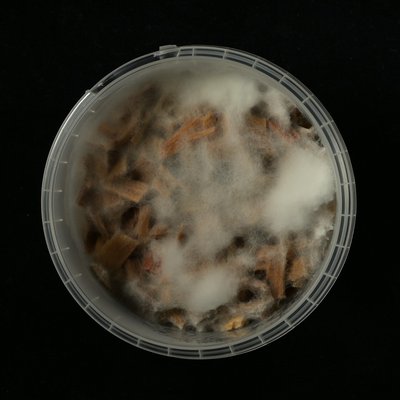Lignocellulose degradation by mushrooms
Project description
Mushroom-forming fungi are among the most potent wood-degraders. In contrast to ascomycete fungi, many of these basidiomycete mushroom-forming fungi can degrade all the components of wood (including cellulose, lignin, hemicellulose and pectin). Many enzymes have been identified that can degrade the various components of wood, but little is known about the regulation of this process.
The aim of this project is to identify the genes involved in this process, especially regarding their regulation.

Figure. The mushroom-forming fungus Schizophyllum commune growing on wood.
Lab members currently working on this project
- Robin Ohm (Assistant professor)
Genome portals
Publications
The Transcription Factor Roc1 Is a Key Regulator of Cellulose Degradation in the Wood-Decaying Mushroom Schizophyllum commune.Marian IM, Vonk PJ, Valdes ID, Barry K, Bostock B, Carver A, Daum C, Lerner H, Lipzen A, Park H, Schuller MBP, Tegelaar M, Tritt A, Schmutz J, Grimwood J, Lugones LG, Choi IG, Wosten HAB, Grigoriev IV, Ohm RAmBio. 2022 Jun; 13(3): e0062822. doi: 10.1128/mbio.00628-22
Cycling in degradation of organic polymers and uptake of nutrients by a litter-degrading fungus.Vos AM, Bleichrodt RJ, Herman KC, Ohm RA, Scholtmeijer K, Schmitt H, Lugones LG, Wosten HABEnviron Microbiol. 2021 Jan; 23(1): 224-238. doi: 10.1111/1462-2920.15297
Degradative Capacity of Two Strains of Rhodonia placenta: From Phenotype to Genotype.Kolle M, Horta MAC, Nowrousian M, Ohm RA, Benz JP, Pilgard AFront Microbiol. 2020 Jul; 11: 1338. doi: 10.3389/fmicb.2020.01338
